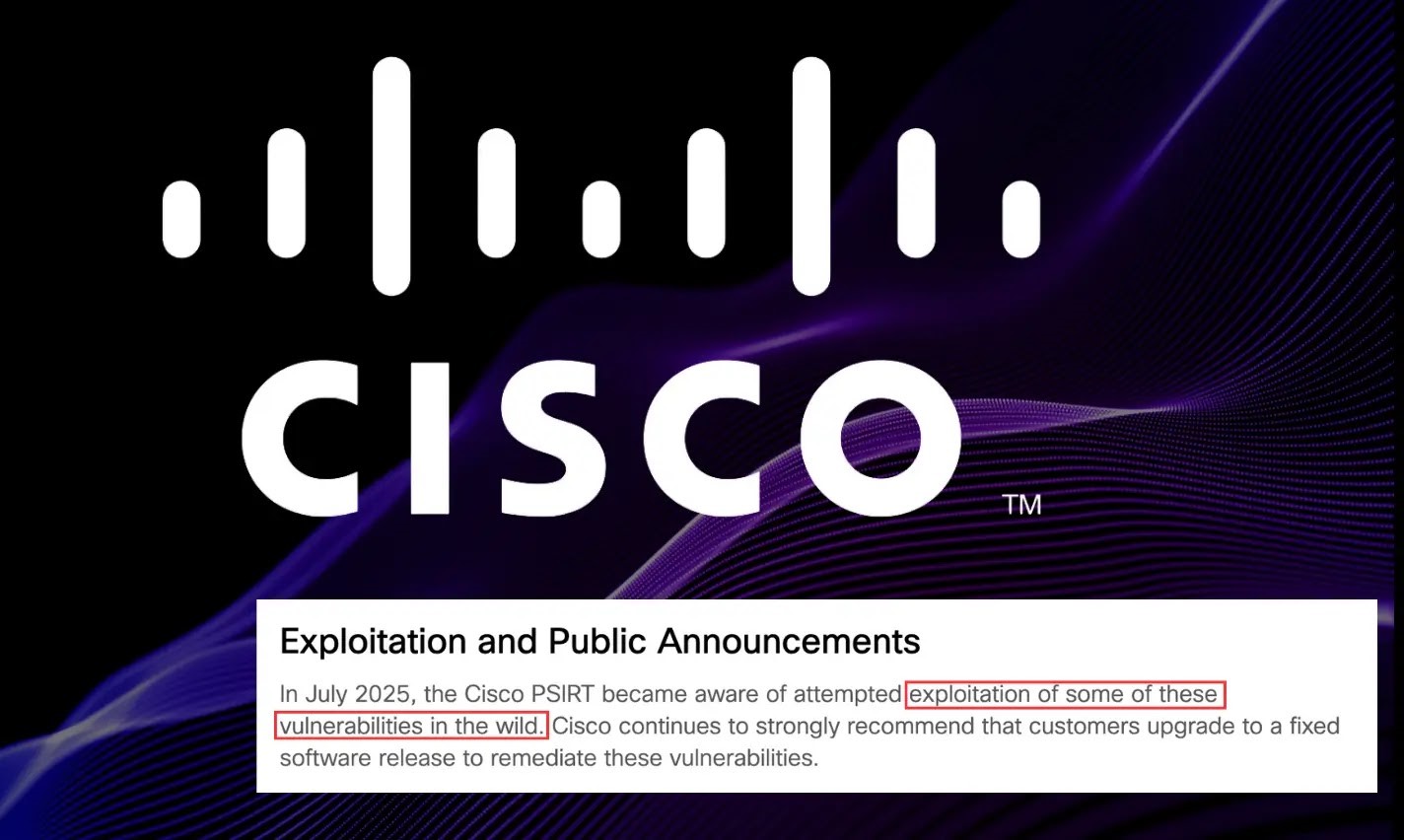
Cisco Warns of Identity Services Engine RCE Vulnerability Exploited in the Wild
Cisco Warns of Identity Service Engine RCE Vulnerability Exploited in the Wild
In a pressing development for network security, Cisco Systems has issued a critical security advisory regarding multiple remote code execution (RCE) vulnerabilities within its Identity Services Engine (ISE). What makes this warning particularly urgent is the confirmation that these vulnerabilities are actively being exploited by attackers in the wild, posing an immediate and severe threat to organizations relying on Cisco ISE for their identity and access management.
This advisory underscores the relentless nature of cyber threats and the critical importance of swift, decisive action from IT and security teams. The vulnerabilities, carrying the maximum CVSS severity score of 10.0, signify a grave risk, allowing unauthenticated remote attackers to execute arbitrary commands with root privileges on affected systems. Such unauthorized access can lead to complete system compromise, data exfiltration, or further lateral movement within an organization’s network.
Understanding the Threat: Cisco ISE RCE Vulnerabilities
The Cisco Identity Services Engine is a pivotal component in many enterprise networks, providing centralized policy management for wired, wireless, and VPN connections. Its role in controlling who (or what) can access an organization’s resources makes any compromise of ISE a direct threat to the entire security posture.
While the specific CVE identifiers for these currently exploited vulnerabilities were not detailed in the initial warning from Cyber Security News, the description of “multiple remote code execution vulnerabilities” exploited by “unauthenticated remote attackers” with “root privileges” points to a highly sophisticated and dangerous attack vector. Historically, such vulnerabilities in critical infrastructure components have led to significant breaches. Organizations must assume an immediate and severe risk until specific patches are applied and systems are validated.
Impact of Exploitation
An attacker successfully exploiting these RCE vulnerabilities on Cisco ISE could achieve:
- Full System Compromise: Gaining root-level access allows an attacker to completely control the affected ISE appliance.
- Unauthorized Network Access: With control over ISE, an attacker could manipulate access policies, granting themselves or other malicious actors unauthorized access to sensitive network segments and resources.
- Data Exfiltration: Any sensitive data stored on or accessible by the ISE appliance could be stolen.
- Persistence: Attackers could establish persistent backdoors or deploy malware that allows them to maintain access over time, even after initial detection.
- Disruption of Services: Tampering with ISE settings could lead to widespread network access failures, causing significant operational disruption.
Remediation Actions: Mitigating the Risk
Given the active exploitation and critical severity, immediate action is paramount. Organizations using Cisco ISE must prioritize the following:
- Apply Patches Immediately: Monitor Cisco’s official security advisories and promptly apply all recommended patches and software updates as they become available. This is the single most effective action.
- Isolate and Segment ISE Instances: Ensure that ISE appliances are properly segmented from other critical internal systems. Implement strict firewall rules to limit access to ISE management interfaces only from trusted administrative networks.
- Review Access Logs: Scrutinize ISE access logs for any unusual or unauthorized activity, especially login attempts from unexpected sources or changes to configuration.
- Implement Multi-Factor Authentication (MFA): Where possible, enforce MFA for all administrative access to ISE.
- Perform Vulnerability Scans: Conduct regular network and application vulnerability scans to identify potential weaknesses and misconfigurations.
- Backup Configurations: Ensure regular backups of ISE configurations and system data are performed and stored securely.
- Incident Response Plan Activation: Be prepared to activate your incident response plan if signs of compromise are detected.
Relevant Tools for Detection and Mitigation
Deploying and utilizing the right tools can significantly aid in identifying vulnerabilities, detecting compromise, and fortifying your network’s defenses. Below are some categories and examples of relevant tools:
| Tool Name / Category | Purpose | Link |
|---|---|---|
| Cisco Security Advisories | Official source for vulnerability details, patches, and mitigation guidance from Cisco. Essential for staying updated. | https://tools.cisco.com/security/center/publicationListing.x |
| Vulnerability Scanners (e.g., Nessus, Qualys, OpenVAS) | Automated scanning for known vulnerabilities, misconfigurations, and weaknesses across networks and applications. | https://www.tenable.com/products/nessus |
| Security Information and Event Management (SIEM) Solutions | Aggregates and analyzes log data from various sources (including ISE) to detect security threats and anomalies. | (Varies by vendor: Splunk, IBM QRadar, Microsoft Sentinel) |
| Network Intrusion Detection/Prevention Systems (NIDS/NIPS) | Monitors network traffic for suspicious activity or known attack signatures and can block malicious traffic. | (Varies by vendor: Snort, Suricata, Palo Alto Networks, Fortinet) |
| Endpoint Detection and Response (EDR) | Monitors endpoints for suspicious activities, detects threats, and provides capabilities for investigation and response. | (Varies by vendor: CrowdStrike Falcon, SentinelOne, Microsoft Defender for Endpoint) |
| Cisco DNA Center / Cisco Prime Infrastructure | Network management solutions that can help monitor and manage Cisco network devices, including ISE. | https://www.cisco.com/site/us/en/products/networking/dna-center/index.html |
Conclusion
The active exploitation of critical RCE vulnerabilities in Cisco Identity Services Engine is a stark reminder of the persistent and evolving threat landscape. Organizations must prioritize immediate patching and reinforce their existing security postures. Proactive monitoring, robust incident response plans, and a defense-in-depth strategy are not merely best practices but essential operational requirements in protecting critical infrastructure from sophisticated attacks.
Stay vigilant, ensure your teams are informed, and act decisively to safeguard your networks against these severe vulnerabilities.





